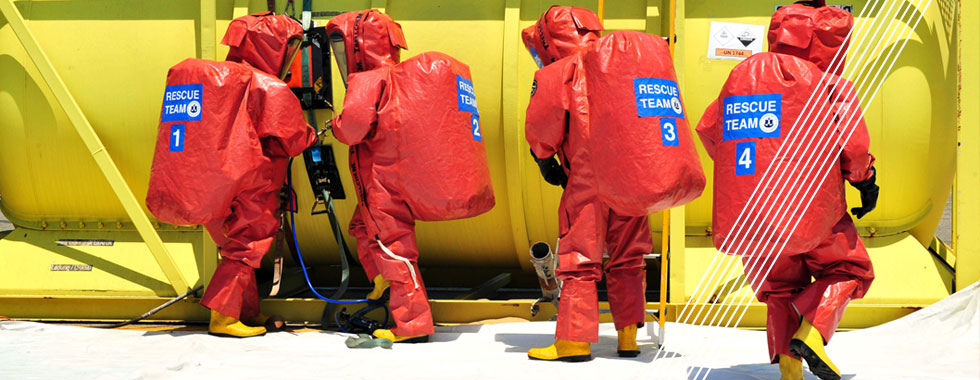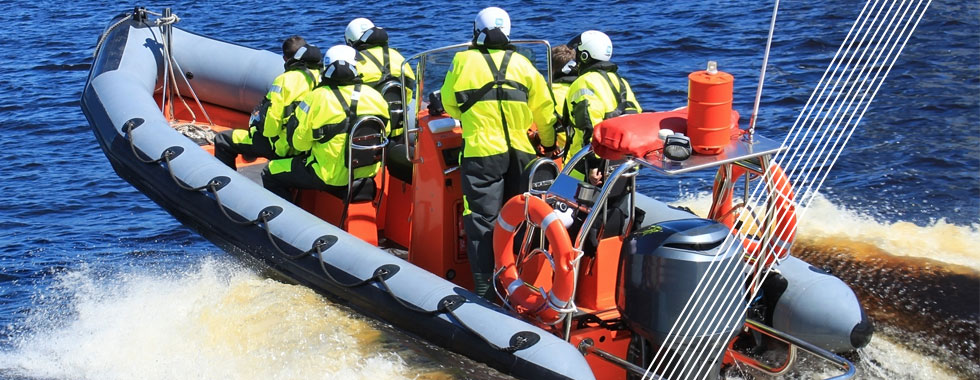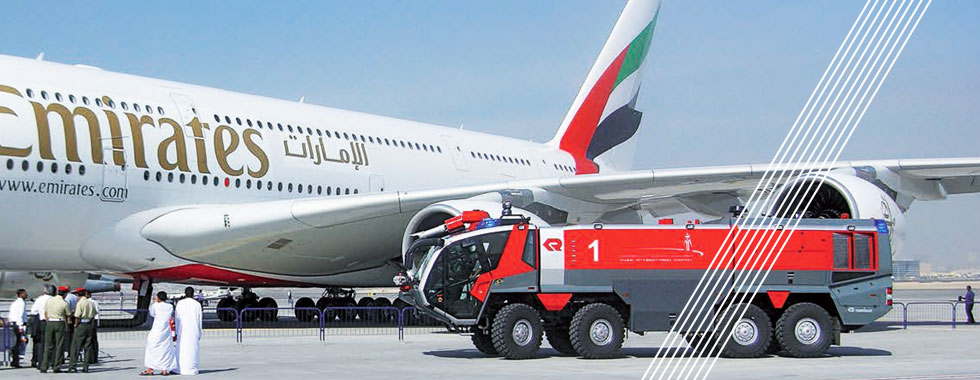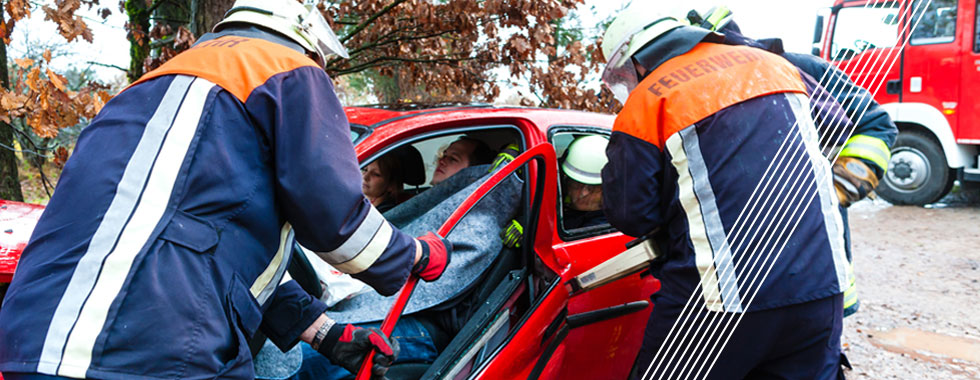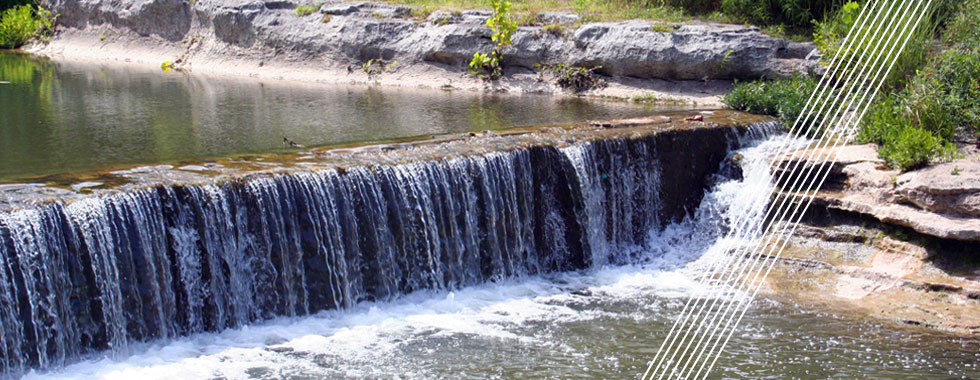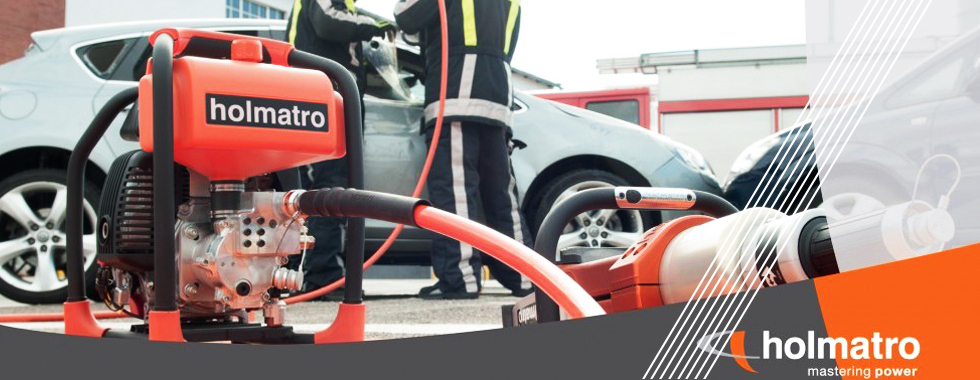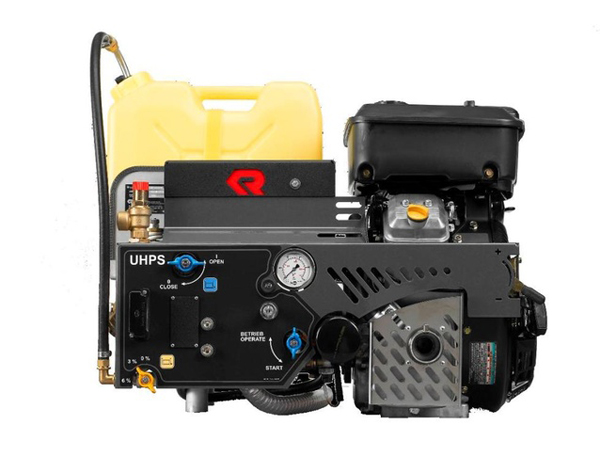Output 38 l/min at 100 bar
The base module is the centerpiece of the modularly built Rosenbauer UHPS system and it supplies 38 l/min at 100 bar. In combination with the reel, nozzle, water tank and base frame, the system can be flexibly adapted to any requirements.
DRIVE
- Gasoline engine
- Diesel engine
- PTO
- Briggs & Stratton 2 cylinder gasoline engine
- 16 hp
- Hand throttle, choke, fuel valve
- Gearbox between engine and pump
HIGH PRESSURE PUMP AND PIPEWORK
CONTROL PANEL ENGINE UNIT
CONTROL PANEL PTO
FOAM PROPORTIONING SYSTEM
RAPID INTERVENTION HOSE REEL
NOZZLE

- Standard nozzle
- Combo nozzle
- Continuously adjustable solid jet/spray jet
- Attachable foam pipe
- Output 38 l/min for one hose reel or 19 l/min for two hose reels
FIREFIGHTING EQUIPMENT FUNDAMENTALS
The extinguishing success of a UHPS firefighting systems rests on the following effects:
- Extinguishing through cooling
Through maximum evaporation of the water, as much energy as possible is taken out of the source of the fire and thus the temperature is reduced. When the temperature of the fire source drops below the flash point the fire goes out.
The evaporation of water is made easier by the fact that smaller droplets have a larger surface area to absorb heat and therefore evaporate more easily. The extinguishing success directly depends on the size of the droplets and therefore on the energy absorption at evaporation. - Extinguishing through lack of oxygen
A larger volume of water vapor results from the expansion of the fire fighting water. This water vapor displaces oxygen and thus prevents further combustion. - Extinguishing by lack of oxygen – separating the reaction partners
A closed covering of foam separates the combustion zone from the surrounding air and prevents the supply of oxygen to the flammable material.
For liquid fires, the use of foam compounds that form water films is recommended, as this builds up a film on liquids, which supports this separation effect or maintains it over a longer period of time. - Extinguishing through the anti catalytic effect of firefighting foam.
A reduction of the surface tension improves penetration into the flammable material. The production of foam leads to the fire being starved of oxygen and enables a controlled discharge or water (quarter-life, cooling effect). Foam has a high affinity for carbon atoms and as a result sticks well to flammable material.
UHPS EXTINGUISHING SYSTEM FUNDAMENTALS
The UHPS extinguishing system differs from other ultra-high pressure systems in the following regards:
- The optimum combination of pressure and water quantity
Ultra-high pressure is not subject to any standardization unlike normal or high-pressure. Which is why different manufacturers use different pressures. It is generally advertised that higher pressure extinguishes better – but this is not correct. Extensive fire testing by firefighters in the town of Wels in Upper Austria on Tyndall Airforce Base in the USA showed, that at a pressure of 100 bar the optimum droplet size can already be achieved. This is of course also influenced by the nozzle shape, which was specially developed by Rosenbauer for the UHPS system. The relatively low pressure of 100 bar allows the water quantity per minute to be increased. Both these factors lead to a significantly higher extinguishing performance and so also to more safety for emergency crews while fighting fires with a UHPS firefighting system. - High kinetic energy
Through the high water quantity (in comparison with competitor products) of 38 l/min, the UHPS system achieves a high kinetic energy with the firefighting water. The stream can therefore penetrate deep into hot spots, whereas with other systems the small quantity of water has already dispersed into the air (steam). Furthermore, this higher kinetic energy results in a higher throw range which increases the operational range and safety. - Finest atomization
Instead of increasing the system pressure still further, Rosenbauer concentrated on improving the nozzles: through the precisely matched nozzle, the firefighting water in the spray jet is very finely atomized and therefore multiples the effective cooling area. A higher pressure or a even finer atomization are counterproductive in fighting fire, as the water already evaporates before reaching the source of the fire and thus the fire is not extinguished. The heat is dissipated due to the complete conversion of firefighting water into water vapor, water damage is thus also avoided.
APPLICATIONS OF ULTRA-HIGH PRESSURE SYSTEMS
- The UHPS system is effective above all if is it deployed during the incipient phase of a fire. Typical applications are therefore vehicle fires.
- An advantage of the UHPS ultra-high pressure systems is their small dimensions and low weight. The system can also be housed in compact advance vehicles. Thus the scene of the fire can be reached faster, even on narrow or impassable roads.
THE ADVANTAGES OF THE UHPS ULTRA-HIGH PRESSURE SYSTEM
- Large throw range: extinguishing from a safe distance (>10 m)
- 70 m active radius (60 m hose, 10 m throw range)
- Easy hose handling: only approx. 7 kg weight with full water fill at 60 m
- Perfect hot spot destruction: Volumes of 38 l/min and 100 bar of pressure result in a particularly high kinetic energy with flame penetration of the solid jet right through to the hot spot
- Best cooling effect: finest firefighting water atomization in spray jet
- Continuous or surge extinguishing, as the stream pattern is continuously adjustable between solid and spray jet
- Integrated foam system and foam attachment
- Easiest system operation – after start-up the system does not require any further attention
- UHPS can be easily added to any vehicle or can be mounted stationary

